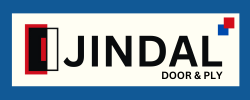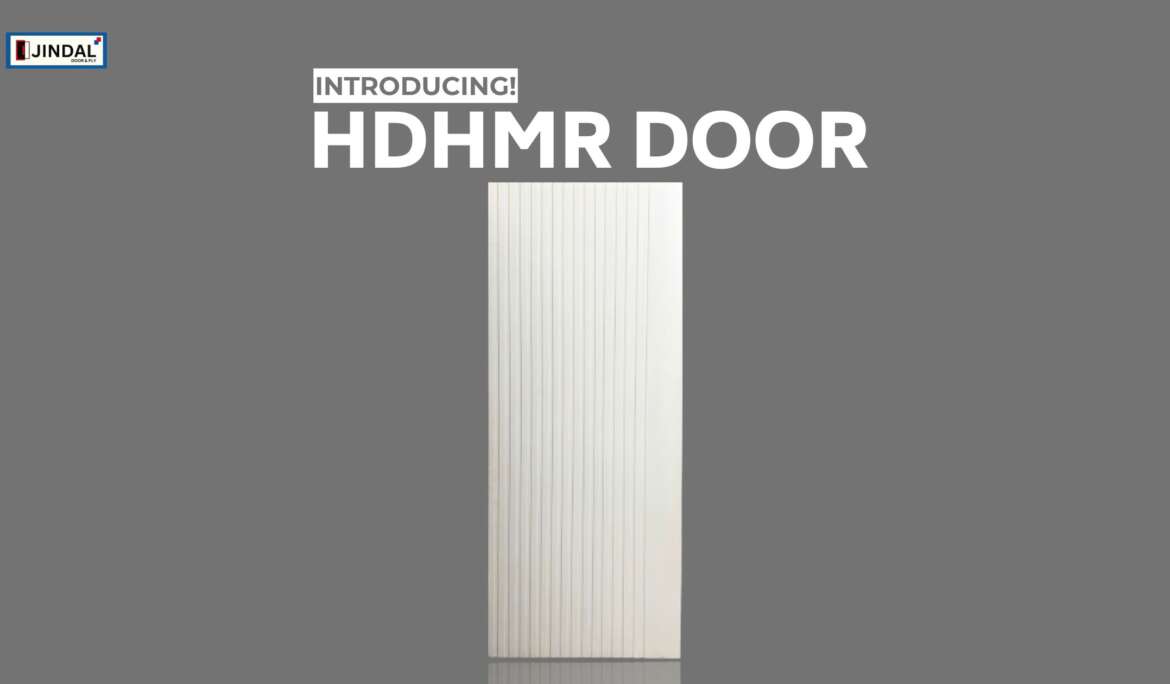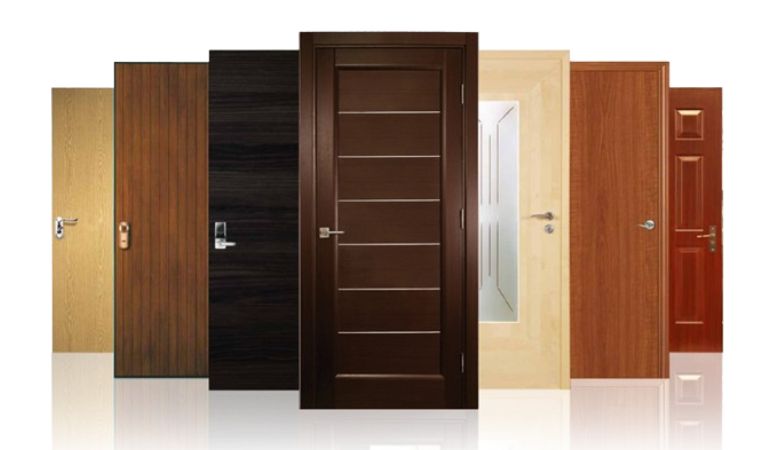In the heart of Zirakpur, where contemporary architecture meets traditional craftsmanship, Jindal Door and Ply is setting the benchmark for door solutions with its range of High-Density High Moisture Resistance HDHMR Doors in Zirakpur. This blog aims to explore the attributes, benefits, and unique offerings of these doors provided by us, ensuring a comprehensive understanding for homeowners and builders alike.
What are HDHMR Doors?
High-Density High Moisture Resistance (HDHMR) doors are created using a specialized engineered wood product known for its durability and moisture resistance. These doors are made by compressing wood fibers under high pressure, resulting in a dense material that can withstand various environmental challenges. HDHMR doors offer several advantages over traditional wooden doors, making them an excellent choice for both residential and commercial applications.
The Advantages of Choosing HDHMR Doors
1. Moisture Resistance
One of the most significant benefits of HDHMR doors is their superior resistance to moisture. Unlike conventional wood, which can warp, swell, or shrink when exposed to humidity, HDHMR doors maintain their shape and integrity even in damp environments. This quality makes them ideal for areas prone to high moisture levels, such as kitchens, bathrooms, and coastal regions.
2. Enhanced Durability
HDHMR doors boast exceptional durability thanks to their high-density composition. They are less likely to suffer from dents, scratches, or other forms of damage compared to standard wooden doors. This makes them a reliable choice for high-traffic areas in homes or commercial establishments.
3. Eco-Friendly Option
We are committed to sustainability, and HDHMR doors align perfectly with this mission. Manufactured from sustainable wood sources, they contribute to reducing deforestation and environmental degradation. Additionally, their longer lifespan means less frequent replacements, further promoting eco-friendliness.
4. Variety of Designs and Finishes
Aesthetic appeal is crucial when choosing doors for your property. We offer a stunning array of designs, finishes, and colors for their HDHMR doors. Whether you prefer a classic look or a modern aesthetic, you can find a door that complements your interior decor perfectly.
5. Cost-Effective Solution
While HDHMR doors may have a higher upfront cost compared to conventional doors, their long-term benefits make them a cost-effective investment. Their durability reduces maintenance and replacement costs, resulting in significant savings over time.
Jindal Door and Ply: A Trusted Name in Zirakpur
Quality Assurance
For us, quality is paramount. The company employs stringent quality control measures throughout the manufacturing process to ensure every door meets high industry standards. This dedication to quality has earned them a trusted reputation in Zirakpur and beyond.
Skilled Craftsmanship
The strength of us lies in its skilled artisans who combine traditional craftsmanship with modern technology. Each HDHMR door is meticulously crafted to ensure precision and attention to detail, resulting in a product that is not only durable but also beautiful.
Customer-Centric Approach
Understanding customer needs is at the core of our philosophy. The company offers personalized consultations to help clients choose the right doors for their projects. Their knowledgeable team is always available to answer questions, provide guidance, and ensure customer satisfaction.
Applications of HDHMR Doors
Residential Use
In residential settings, HDHMR doors are versatile and can be used for various applications, including:
- Entrance Doors: Enhance your home’s curb appeal with sturdy and stylish HDHMR entrance doors.
- Interior Doors: Ideal for bedrooms, bathrooms, and living areas, these doors offer a cohesive aesthetic throughout the home.
- Cabinets and Wardrobes: Their moisture resistance makes them perfect for bathroom cabinets and kitchen fittings.
Commercial Use
For commercial properties, the durability and resistance of HDHMR doors make them an excellent choice for:
- Office Spaces: Use them as internal doors to provide privacy without compromising style.
- Hospitality: Hotels and restaurants can benefit from HDHMR doors that offer both beauty and resilience against wear and tear.
Maintenance Tips for HDHMR Doors
To ensure your HDHMR doors maintain their pristine condition, consider the following maintenance tips:
- Regular Cleaning: Wipe down doors with a damp cloth to remove dust and dirt. Avoid abrasive cleaners that could damage the finish.
- Check for Damages: Periodically inspect your doors for any signs of wear and tear. Address minor damages promptly to prevent further issues.
- Avoid Excessive Moisture: While HDHMR doors are moisture-resistant, excessive exposure to water should be avoided. Ensure proper sealing around the edges.
Conclusion
Jindal Door and Ply stands out as a leading provider of High-Quality HDHMR Doors in Zirakpur. With their moisture resistance, durability, eco-friendliness, and aesthetic appeal, HDHMR doors are an excellent investment for both residential and commercial properties. Whether you are renovating your home or constructing a new one, Jindal’s commitment to quality and customer satisfaction ensures that you receive the best product to meet your needs.
For inquiries or to explore the extensive range of these doors, contact us today and experience the perfect blend of style, functionality, and durability. Your dream doors are just a consultation away!


